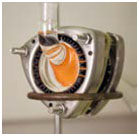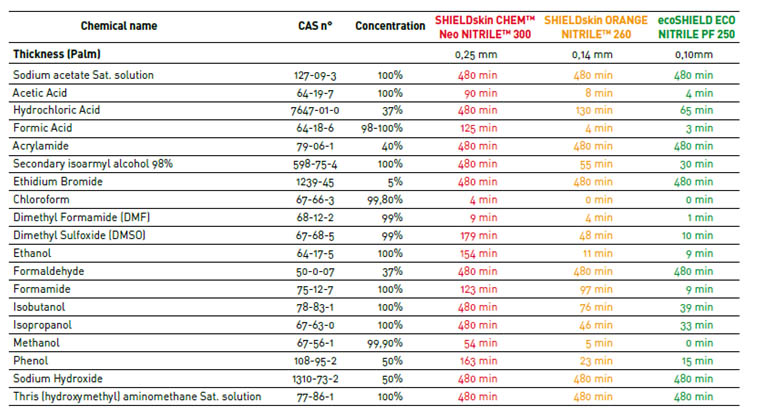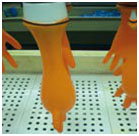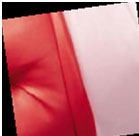One Risk, One Glove
Compliance
Today it may sound natural to select gloves that are CE marked, PPE Category III and have an AQL of 0.65. It was not always the case. We were amongst the first to offer laboratory gloves classified as category III (Complex Design), as defined in the PPE Directive 89/686/ EEC, highlighting the fact that only category III gloves were likely to provide the necessary personal protection.
Likewise, whether you are seeking extra-length gloves for chemical protection or additional protection from microbiological hazards, Shield Scientific gloves continue to exceed the minimum requirements.
Comfort
Comfort is very often at the top of the user’s criteria for selection of gloves. Whilst numerous manufacturers are engaged in a rationalization process – in particular, a reduction of thickness/length of the glove in an effort to cut costs – SHIELD Scientific continues to alert users about the importance of thickness and length in terms of maintaining the protection performance of the glove. We also embrace the latest advances in synthetic glove technology. By offering gloves based on nitrile with a blend of neoprene, users can experience a level of elasticity not normally associated with nitrile gloves.
Protection
When selecting a glove, its protective properties are often lost in the jungle of features offered to the users by the manufacturers. The complexity maintained by glove producers surrounding norms, cost effectiveness, logistics and comfort usually drives the choice of the users at the expense of protection. Quite simply, THE THICKER AND LONGER THE GLOVE, THE BETTER YOU WILL BE PROTECTED. One of the newest developments from SHIELD Scientific is twinSHIELD technology. This is a unique double layer system to improve significantly the protection and comfort mix and to bring to you a new era of disposable glove technology.
ONE RISK, ONE GLOVE: Protecting your hands in all situations

Chemical risk
Being compliant with the standards does not guarantee absolute protection because what is tested relates to the materials used, methods of manufacture, length and thickness of the glove etc. In the table below you’ll see the performance for three of our synthetic gloves based on EN374-3:2003. On paper they all comply with the same standards, but as you will notice they do not offer the same level of performance!
THE THICKER AND LONGER THE GLOVE, THE BETTER YOU WILL BE PROTECTED!


Biological risk
Our gloves provide resistance to micro-organisms and viruses. There are three levels of protection (Levels 1, 2 and 3 corresponding respectively with AQL 4, 1.5 and 0.65), according to EN374-2:2003. The highest level of protection is Level 3/AQL 0.65. It is worth remembering that this is a statistical watertight test, which may not be adequate for demonstrating viral resistance. For the latter, referring to a viral penetration test using a bacteriophage (e.g. ASTM F1671 or ISO 16604) may be appropriate.

twinSHIELD™ technology
The presence of pinholes cannot be entirely eliminated and yet their existence facilitates the leakage of hazardous chemicals and microbiological agents to come into contact with the user’s skin. By virtue of an innovative double dipping process, we are able to bring to the scientific community the benefits of twinSHIELD™ double walled protection.
